All Stories
-
 Earth
EarthCritter-finding mission to Antarctica’s Larsen C iceberg scrapped
Thick sea ice ended a rapid-response mission to study seafloor that lay beneath Larsen C iceberg.
-
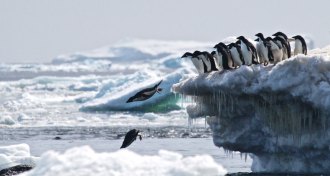 Animals
AnimalsPenguin supercolony discovered in Antarctica
Scientists have found a penguin supercolony living on tiny, remote Antarctic islands.
By Katy Daigle -
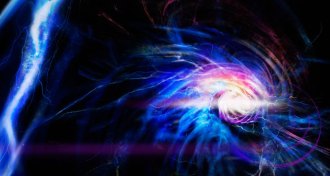 Physics
PhysicsKnotted structures called skyrmions seem to mimic ball lightning
Skyrmions in a quantum state of matter have something surprising in common with ball lightning — linked magnetic fields.
-
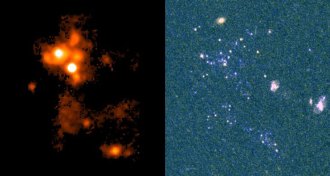 Astronomy
AstronomyLoner gas clouds could be a new kind of stellar system
Weird loner clumps of gas that have wandered for 1 billion years may have been stripped from a trio of larger galaxies.
-
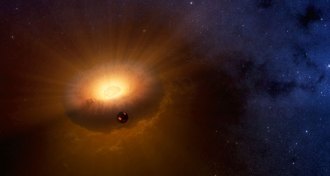 Planetary Science
Planetary ScienceHow a vaporized Earth might have cooked up the moon
A high-speed collision turned the early Earth into a hot, gooey space doughnut, and the moon formed within this synestia, a new simulation suggests.
-
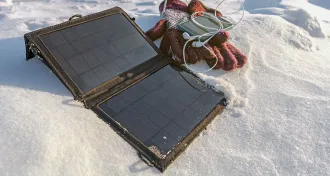 Chemistry
ChemistryExtreme cold is no match for a new battery
A rechargeable battery that works at –70° C could be used in some of the coldest places on Earth or other planets.
-
 Earth
EarthEarly land plants led to the rise of mud
New research suggests early land plants called bryophytes, which include modern mosses, helped shape Earth’s surface by creating clay-rich river deposits.
-
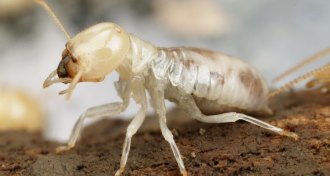 Animals
AnimalsIt’s official: Termites are just cockroaches with a fancy social life
On their latest master list of arthropods, U.S. entomologists have finally declared termites to be a kind of cockroach.
By Susan Milius -
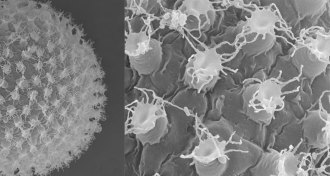 Animals
AnimalsA new species of tardigrade lays eggs covered with doodads and streamers
These elegant eggs hint that a tardigrade found in a Japanese parking lot is a new species.
By Susan Milius -
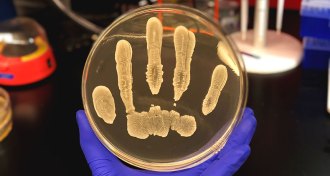 Health & Medicine
Health & MedicineHuman skin bacteria have cancer-fighting powers
Strains of a bacteria that live on human skin make a compound that suppressed tumor growth in mice.
-
 Microbes
MicrobesA new way to make bacteria glow could simplify TB screening
A new dye to stain tuberculosis bacteria in coughed-up mucus and saliva could expedite TB diagnoses and drug-resistance tests.
-
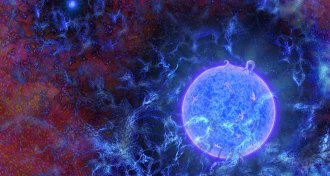 Cosmology
CosmologyHere’s when the universe’s first stars may have been born
The first stars lit the cosmos by 180 million years after the Big Bang, radio observations suggest.